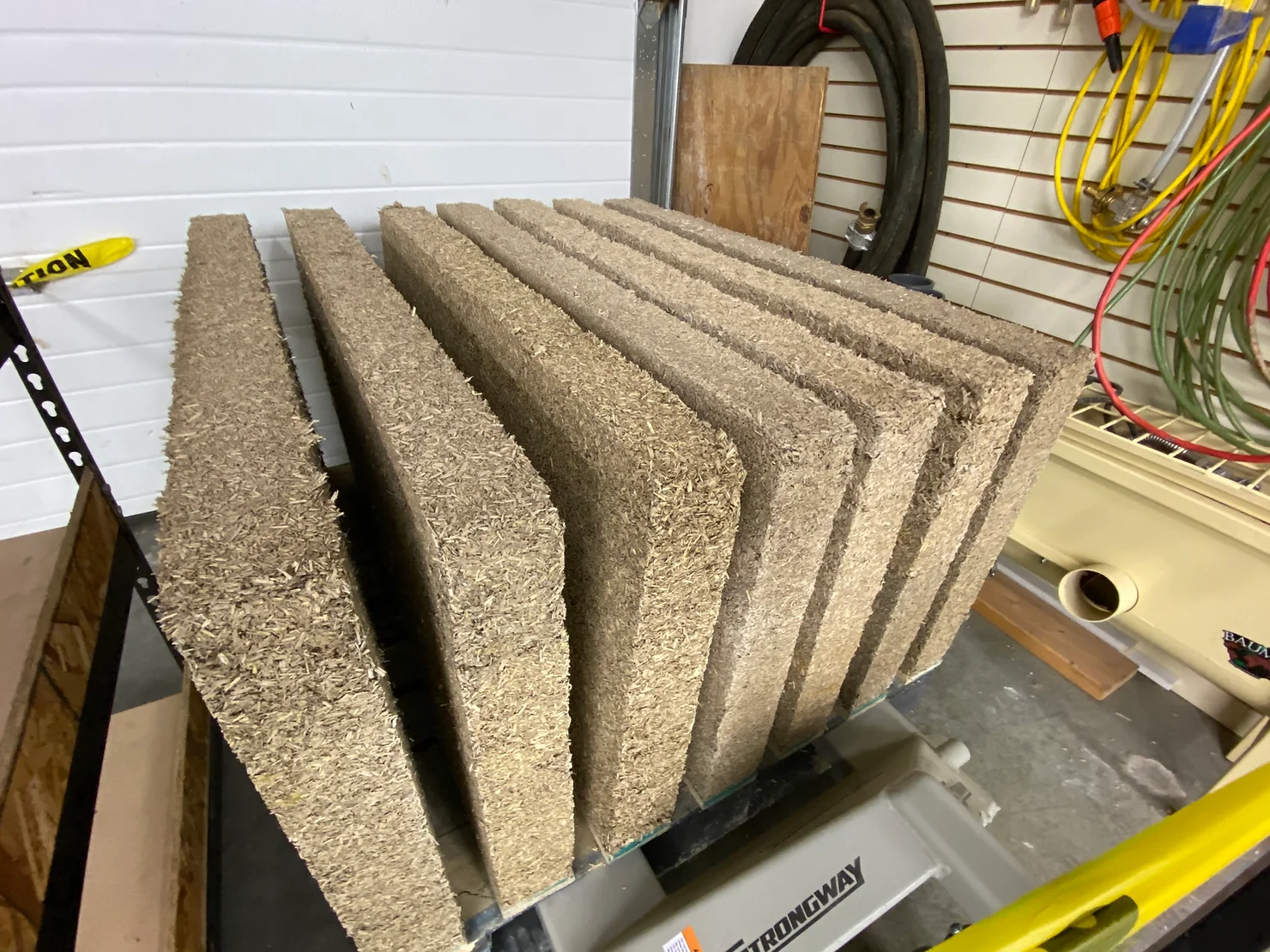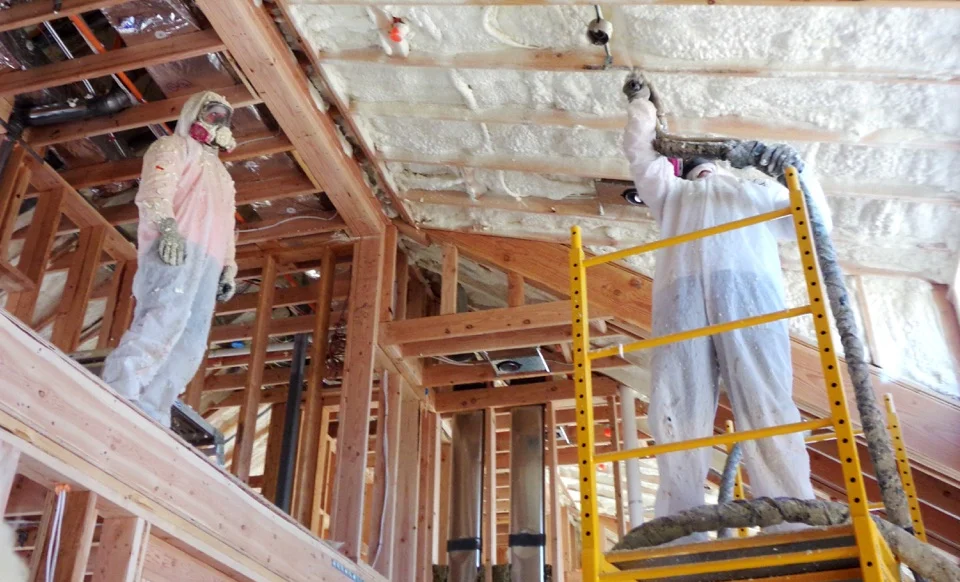Sustainable building materials play a pivotal role in addressing environmental challenges and promoting a more sustainable future for the construction industry. As the global population grows and urbanization expands, the demand for buildings and infrastructure increases exponentially. However, this surge in construction has come at a significant cost to the environment, including resource depletion, pollution, and greenhouse gas emissions. In this context, sustainable building materials offer a compelling solution by reducing the environmental impact of construction while simultaneously improving the efficiency, durability, and healthiness of buildings. This article explores the importance of sustainable building materials, focusing on their benefits in terms of environmental preservation, energy efficiency, and human health.

Environmental Preservation
One of the primary reasons sustainable building materials are of utmost importance is their positive impact on environmental preservation. Traditional construction methods have heavily relied on resource-intensive materials, such as concrete, steel, and timber sourced from unsustainable practices. These practices have contributed to deforestation, habitat destruction, and the depletion of natural resources. Conversely, sustainable building materials prioritize eco-friendly alternatives that minimize environmental harm.
Sustainable building materials emphasize using low-carbon or carbon-neutral materials, such as industrial hemp, bamboo, straw bales, and reclaimed wood. By employing these materials, construction projects can significantly reduce their carbon footprint, as these materials require less energy and produce fewer greenhouse gas emissions during manufacturing. Industrial hemp-derived building materials promote the efficient use of resources. And it can be rapidly replenished, providing viable alternatives to slow-growing or non-renewable resources.
Waste reduction is another critical factor we must consider. Sustainable building materials address the issue of construction waste. By utilizing recycled or salvaged materials, construction projects can divert waste from landfills and decrease the need for new raw materials. Moreover, designing buildings for deconstruction and reusability ensures that materials can be easily disassembled and repurposed at the end of their lifecycle, reducing waste generation.
Energy Efficiency
Another significant advantage of sustainable building materials lies in their ability to enhance energy efficiency, leading to reduced energy consumption and operational costs throughout the life of a building. Sustainable materials such as industrial hemp possess excellent insulation properties, enabling them to regulate temperature and reduce reliance on mechanical heating and cooling systems. HempWool, PlantBatt, and AcoustiBatt are manufactured in the United States by Hempitecture enhancing a building’s thermal performance, minimizing energy requirements, and lowering greenhouse gas emissions.
Architects are applying passive design strategies with sustainable materials to maximize energy efficiency. These strategies include proper orientation, shading devices, natural ventilation, and daylight utilization. By using sustainable materials in conjunction with passive design principles, buildings can significantly reduce their reliance on artificial lighting, heating, and cooling systems, resulting in substantial energy savings. The compatibility between sustainable materials and renewable energy technologies creates an energy-efficient synergy, reducing the carbon footprint and energy costs associated with buildings.

Human Health and Well-being
Apart from environmental considerations, sustainable building materials contribute to the health and well-being of occupants, fostering a safer and more comfortable living environment.
Traditional construction materials, such as fiberglass and spray foam insulation, paints, adhesives, and finishes, often release volatile organic compounds (VOCs) that degrade indoor air quality and pose health risks. Hempitecture’s product line prioritizes low VOC emissions, natural finishes, and non-toxic alternatives, ensuring a healthier indoor environment free from harmful substances.
Sustainable materials enhance thermal and acoustic comfort within buildings. Natural insulating materials, such as HempWool and AcoustiBatt provide superior thermal insulation and sound absorption, improving the overall comfort of the occupants. Sustainable building materials complement biophilic design principles, which aim to connect occupants with nature. Materials like sustainably sourced hemp, living walls, and natural light create a sense of harmony and enhance the overall well-being of individuals within the built environment.
The importance of sustainable building materials cannot be overstated. They catalyze positive change in the construction industry, helping to address pressing environmental issues, improve energy efficiency, and enhance the well-being of occupants. By incorporating sustainable materials into construction projects, we can reduce our ecological footprint, conserve natural resources, and mitigate climate change.

The integration of sustainable materials promotes healthier indoor environments, leading to improve health and productivity. As the global population continues to grow, it is crucial to prioritize sustainable building practices and adopt environmentally friendly alternatives. Governments, industry professionals, and consumers must collaborate to promote the use of sustainable materials, support research and development, and encourage the adoption of sustainable building practices on a large scale. Together, we can create a more sustainable future and ensure the longevity of our planet for generations to come.



